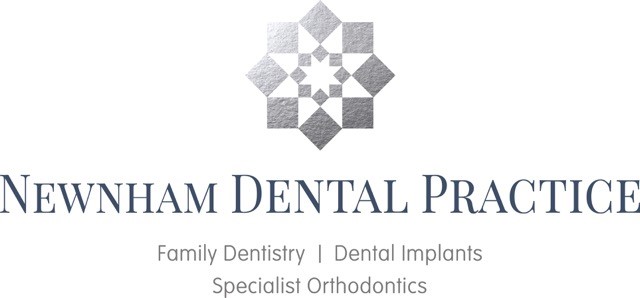Standard treatment procedure
Treatment time: 3 to 4 months from implant placement until you have the final prosthetic restoration.
Appointments: May vary but typically about 6 to 8 appointments from first visit until final prosthetic restoration.
Time and appointments may vary depending on your dental and medical conditions.
1. Consultation and examination
The dentist will assess your dental and medical history, clarify your expectations and explain your different treatment options.
2. Clinical assessment and planning
Your dentist will do a thorough clinical assessment.
To be a suitable candidate for implant treatment you need enough healthy bone to anchor an implant. Radiographs and CBCT scans show bone quality and quantity. If there is not enough bone, there are options to build up bone again.
3. Tooth extraction (if applicable)
If it is untreatable, a tooth will need to be extracted under local anesthesia.
To maintain natural dimensions, bone augmentation in the extracted area may be required.
Now the gap needs some time to heal. This can take a few months, depending on your situation. During this time, you may not want to expose a visible tooth gap, and you can opt for a temporary acrylic prosthesis, which may be anchored to the neighboring teeth.
Immediately after surgery you should stick to soft foods that are easy to chew and avoid alcohol and smoking. Your dentist will give you detailed instructions what to do and avoid and for how long.
4. Implant surgery
To place the implant, your doctor will open your gum and drill an access where a dental implant will sit. Then the implant will be inserted into the bone. This may be done under local anesthesia but may also be performed with deeper levels of anesthesia.
On top of the implant your dentist will place a healing abutment. This helps to shape your gums during healing.
At this stage you will still have a visible tooth gap. If you and your dentist elect for a temporary tooth solution, then depending on where and how big the gap is, you will receive a temporary acrylic crown or bridge, which may be fastened to the neighboring natural teeth.
You will receive detailed instructions on what you can do and should avoid immediately after surgery. For example:
- Apply cooling pads to the outside of the mouth. This will help prevent bleeding and swelling.
- Avoid hot foods and drinks as these may lead to undesired bleeding. Prefer a cold diet
- Avoid chewing directly over the implant site.
- Take the prescribed medication as recommended.
- Be careful with oral rinses, and only gently brush the surrounding area.
Now it will take time for the bone and soft tissues to properly heal around the implant. This will depend on your treatment plan and can range from 2 to 9 months.
During the healing phase you should stick to soft foods that are easy to chew and avoid alcohol and smoking. Your dentist will give you detailed instructions what to do and avoid and for how long.
5. Postoperative review and suture removal
Approximately two weeks after surgery you will return to your dentist who will check on the healing and remove the suture.
6. Impression taking and prosthetic restoration production
When the implant has completely healed, it will be time to start the restorative step. This is normally done by your dentist in collaboration with the dental laboratory.
The dentist will take an impression of the implant to provide the laboratory with the necessary information about the implant position. This means that you will have to bite into a tray filled with impression material. Your dentist will also select the tooth shade, so that the prosthetic restoration blends with the neighboring teeth shade.
This impression serves as the basis for the dental laboratory to produce the prosthetic restoration exactly to the shape, size and shade of your removed tooth.
7. Prosthetic restoration fitting
About Newnham Dental
We take all steps to ensure that we understand your wishes, expectations and requirements. No one patient will receive the same treatment plan as the treatment times and materials are catered to suit your individual needs. Read more.
Our Details
- Copyright 2020 - Newnham Dental Pratice
